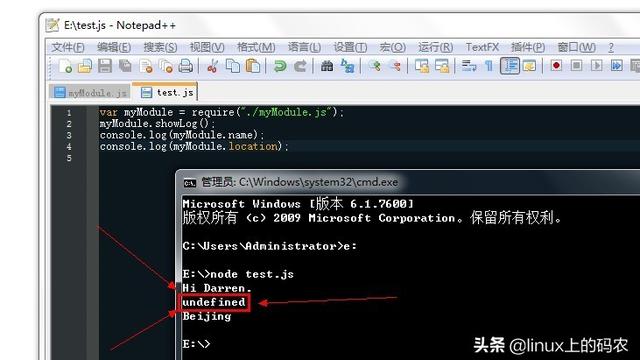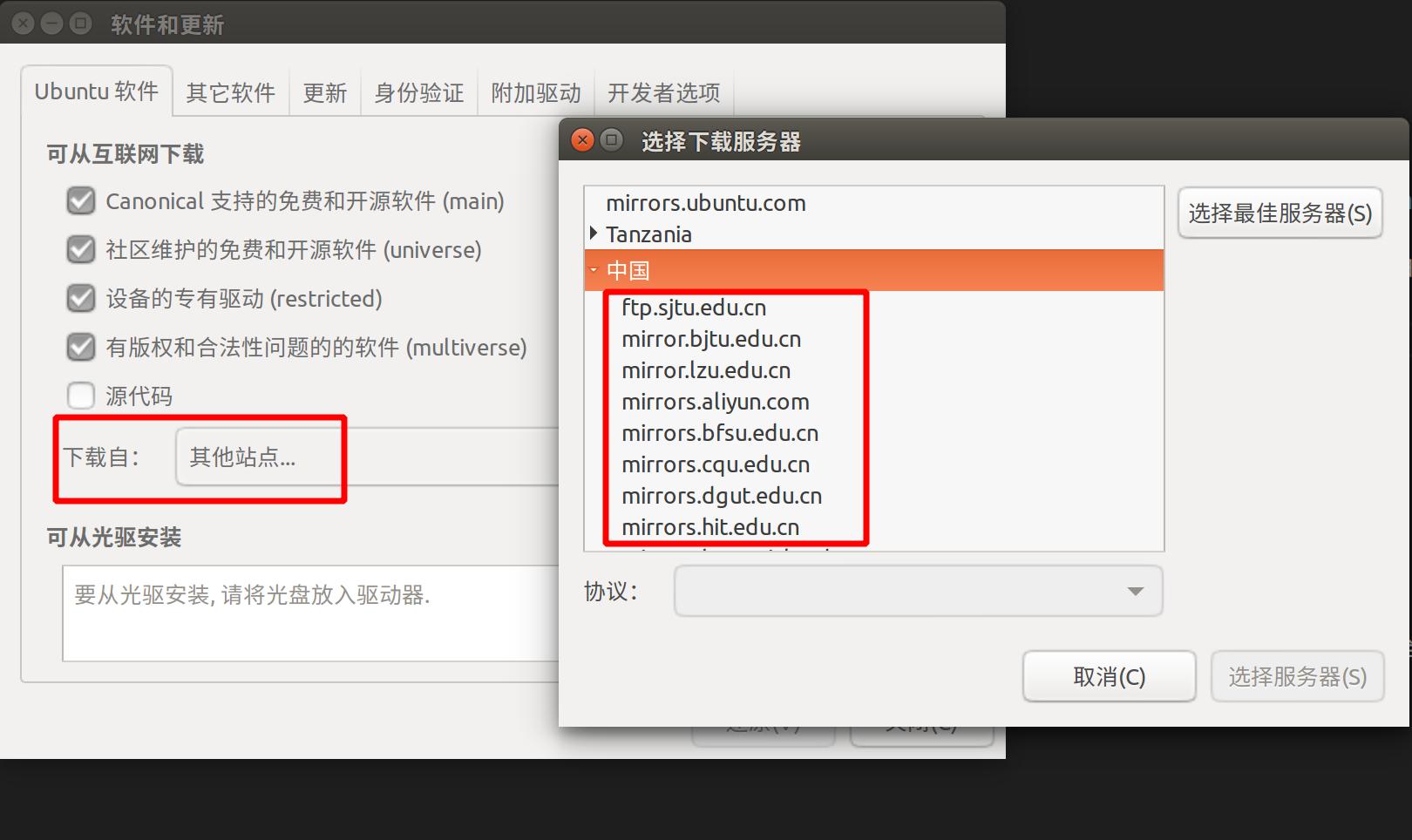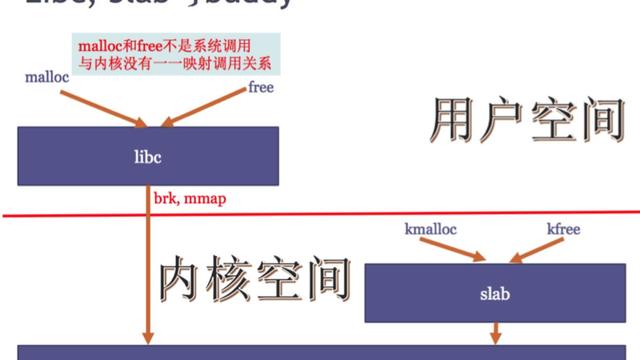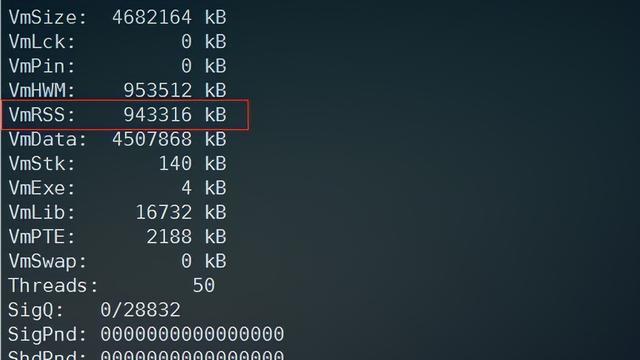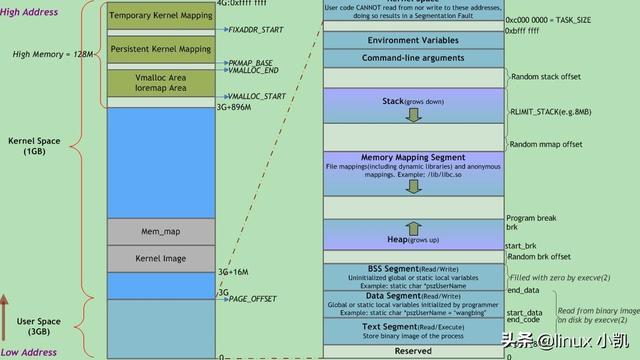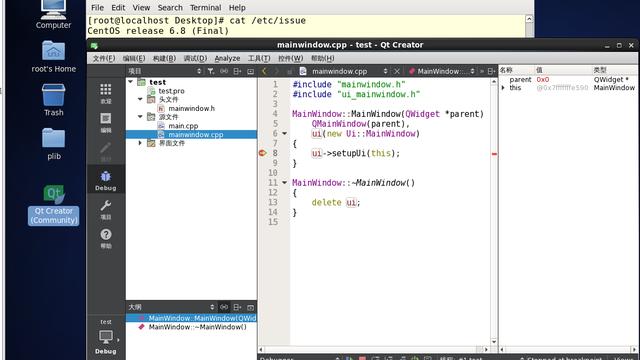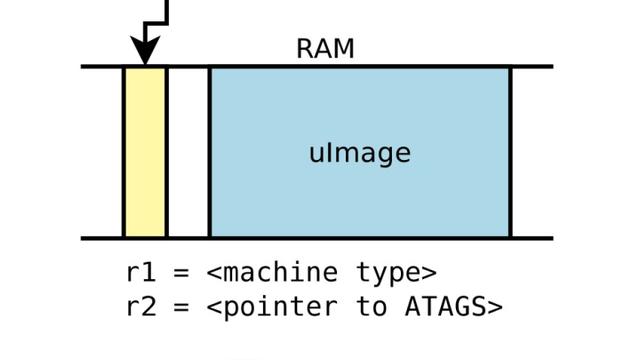公众号:老油条IT记
我们知道,无论什么东西,涉及到安全性的,比如文件、文件夹、磁盘(就如window系统的磁盘,我们就可以通过bitlocker技术将磁盘给加密锁起来)、服务器,等都需要设置权限管理,以保证安全性,接下来让我们来探讨以下linux的文件权限。
1.权限概述
权限是操作系统用来限制对资源访问的机制,权限一般分为读、写、执行。系统中的每个文件都拥有特定的权限、所属用户及所属组,通过这样的机制来限制哪些用户、哪些组可以对特定文件进行什么样操作。
#Linux中权限基于UGO模型进行控制
u:代表user(用户)
g:代表group(组)
o:代表other(其他)
#查看权限
[root@ctos3 ~]# ls -ld test
drwxr-xr-- 2 root root 6 Mar 9 01:37 test
#讲解:第一个d是文件类型,后面9位3个为一组
#文件权限说明
文件或目录的权限位是由9个权限位来控制的,每三位一组,分别是文件属主(Owner)、用户组(Group)、其他(Other)用户的读、写、执行
其中
r(read)读权限, 可以读取文件内容,可以列出目录内容 用数字表示为4
w(write)写权限, 可以修改文件内容,可以在目录中创建删除文件 用数字表示为2
x(excute)执行权限,可以作为命令执行,可以访问目录内容 用数字表示为1
- 没有权限, 用数字表示为0
2.修改文件所属用户、所属组
#2.1.使用chown命令改变文件/目录的所属用户
修改格式:
chown 用户 文件名/目录名
#例子
将test.txt的所属用户从root更改为demo用户
[root@ctos3 ~]# ls -l test.txt
-rw-r--r-- 1 root root 0 Mar 9 01:36 test.txt
[root@ctos3 ~]# chown demo test.txt #更改
[root@ctos3 ~]# ls -l test.txt
-rw-r--r-- 1 demo root 0 Mar 9 01:36 test.txt
#参数介绍
-R 参数递归的修改目录下的所有文件的所属用户
#例子将/test目录下的所有文件和用户所属用户修改成demo
[root@ctos3 ~]# chown -R demo /test/
[root@ctos3 ~]# ls -l /test/
drwxr-xr-x 3 demo root 16 Mar 9 01:55 aa
#2.2.使用chgrp改变文件/目录的所属组
命令格式
chgrp 用户 文件/目录名
#例子
[root@ctos3 ~]# chgrp demo /test/
[root@ctos3 ~]# ls -ld /test/
drwxr-xr-x 3 demo demo 16 Mar 9 01:55 /test/
#注意点:一般都是用chown修改用户和组的了 格式chown -R 用户.组 + 文件
#2.3.使用chmod命令修改文件/目录的权限
命令格式
chmod +模式 +文件
模式为如下格式
1.u、g、o、分别代表用户、组和其他
2.a可以代指ugo
3.+、-代表加入或删除对应权限
4.r、w、x代表三种权限
#示例
chmod u+rw test.txt #给所属用户权限位添加读写权限
chmod g+rw test.txt #给所属组权限位添加读写权限
chmod o+rw test.txt #给其他用户权限位添加读写权限
chmod u=rw test.txt #设置所属用户权限位的权限位读写
chmod a-x test.txt #所有权限为去掉执行权限
#修改权限2
命令chmod也支持以数字方式修改权限,三个权限分别由三个数字表示:
r=4
w=2
x=1
使用数字表示权限时,每组权限分别对应数字之和:
rw=4+2=6
rwx=4+2+1=7
r-x=4+1=5
语法:chmod 755 文件或文件夹名字
例:[root@centos7 ~]# touch test.txt
[root@centos7 ~]# chmod 755 test.txt
3.默认权限
每一个终端都拥有一个umask属性,来确定新建文件、文件夹的默认权限
/etc/profile文件可以看到设置的umask值
if [ $UID -gt 199 ] && [ "/usr/bin/id -gn" = "/usr/bin/id -un" ]; then
umask 002
else
umask 022
fi
#注释:如果UID大于199并且用户的组名和用户名一样,umask值为002,否则就为022
#注释:gt在shell脚本中是大于,id -gn:显示组名,id -un:显示用户名
#UID小于199并且用户的组名和用户名一样
目录创建的默认权限为777-umask 就是755
文件创建的默认权限为777-umask 就是644
#例子:
#root用户创建文件,权限为644,uid为0
[root@centos7 ~]# touch test.txt
[root@centos7 ~]# ls -l test.txt
-rw-r--r--. 1 root root 0 Jul 13 00:30 test.txt
#切换到普通用户创建文件,权限为664,uid大于199
[root@centos7 ~]# su - test
Last login: Mon Jul 13 00:07:25 EDT 2020 on pts/0
[test@centos7 ~]$ touch test1.txt
[test@centos7 ~] ls -l test1.txt
-rw-rw-r--. 1 test test 0 Jul 13 00:31 test1.txt
#可以使用umask查看设置的umask值
[root@ctos3 ~]# umask0022
#如果想要创建的文件权限多少,可以自己定义
[root@ctos3 ~]# umask 035 #设置默认umask为035,创建出来的文件默认权限为642
[root@ctos3 ~]# touch fil035
[root@ctos3 ~]# ls -l fil035
-rw-r---w- 1 root root 0 Mar 9 02:25 fil035
#注意为什么是642,而不是631呢,因为是奇数的话就会加1,从之前默认权限6就会加到7,用7-3就是4,7-5就是2,0为偶数所以还是6,所以为642
[root@ctos3 ~]# umask 022 #设置022,创建文件的权限为644
[root@ctos3 ~]# touch fil022
[root@ctos3 ~]# ls -l fil022
-rw-r--r-- 1 root root 0 Mar 9 02:25 fil022
4.特殊权限
Linux系统中的基本权限位为9位权限,加上3位特殊权限位,共12位权限 文件的特殊权限:suid,sgid,sticky
suid:是针对二进制可执行程序上的,对目录设置无效suid作用:让普通用户可以以root(或其他)的用户角色运行只有root才能运行的程序或命令suid数字表示为4,在文件所有者权限的第三位为小写的s,就代表拥有suid属性
sgid:既可以针对文件也可以针对目录设置sgid作用:在设置了sgid权限的目录下建立文件时,新创建的文件的所属组会继承上级目录的所属组sgid数字表示为2,在文件所属组权限的第三位为小写的s,就代表拥有sgid属性
sticky:设置sticky可以将自己的文件保护起来sticky数字表示为1,在其他用户权限位的第三位为小写t#示例[root@centos7 ~]# chmod o+t /data/[root@centos7 ~]# ls -ld /data/drwxr-xr-t. 2 root root 6 Jul 13 03:20 /data/
#查找系统中的有特殊权限位文件
[root@centos7 ~]# find /usr/bin -type f -perm 4755 -exec ls -l {} ;
-rwsr-xr-x. 1 root root 32096 Oct 30 2018 /usr/bin/fusermount
-rwsr-xr-x. 1 root root 73888 Aug 8 2019 /usr/bin/chage
-rwsr-xr-x. 1 root root 78408 Aug 8 2019 /usr/bin/gpasswd
[root@centos7 ~]# find /usr/bin -type f -perm 2755 -exec ls -l {} ;
-rwxr-sr-x. 1 root tty 19544 Apr 1 00:51 /usr/bin/write
[root@centos7 ~]# ls -ld /tmp/
drwxrwxrwt. 12 root root 4096 Jul 13 08:14 /tmp/
#设置特殊权限
#1.设置suid针对用户的
命令格式:chmod 4755 file 或者 chmod u+s file
#例子:
[root@centos7 ~]# useradd user1
[root@centos7 ~]# su - user1
[user1@centos7 ~]$ less /etc/shadow
/etc/shadow: Permission denied
[user1@centos7 ~]$ su - root
[root@centos7 ~]# chmod u+s /usr/bin/less #添加suid权限
[root@centos7 ~]# su - user1
Last login: Mon Jul 13 08:19:26 EDT 2020 on pts/0
[user1@centos7 ~]$ less /etc/shadow #可以查看
[root@centos7 ~]# ll /usr/bin/less
-rwsr-xr-x. 1 root root 158240 Jul 30 2015 /usr/bin/less
[root@centos7 ~]# chmod 4755 /usr/bin/less #相当于u+s
#2.设置sgid(针对组的)
命令格式:chmod 2755 file 或者 chmod g+s file
#例子
[root@centos7 ~]# mkdir test
[root@centos7 ~]# ls -ld test
drwxr-xr-x. 2 root root 6 Jul 13 08:28 test
[root@centos7 ~]# chmod g+s test #设置sgid权限
[root@centos7 ~]# ls -ld test
drwxr-sr-x. 2 root root 6 Jul 13 08:28 test
[root@centos7 ~]# chgrp test1 test/
[root@centos7 ~]# ls -ld test/
drwxr-sr-x. 2 root test1 20 Jul 13 08:29 test/
[root@centos7 ~]# touch test/aa.txt #创建新文件的所属组会继承上级目录的
[root@centos7 ~]# ls -l test/aa.txt
-rw-r--r--. 1 root test1 0 Jul 13 08:29 test/aa.txt
#3.设置sticky(可以将自己文件保护起来)
命令格式:chmod o+t file
#例子:
[root@ctos3 ~]# touch 3.txt
[root@ctos3 ~]# chmod o+t 3.txt
[root@ctos3 ~]# ls -ld 3.txt
-rw-r--r-T 1 root root 0 Mar 9 02:38 3.txt
#有关suid和sgid总结
1.suid是针对命令和二进制程序的
2.suid作用是让普通用户以root(或其他)的用户角色运行只有root(或其他)账号才能运行的程序或命令,或程序命令对应本来没有权限操作的文件等
3.sgid与suid不同的是,sgid既可以针对文件也可以针对目录设置
4.sgid是针对用户组权限位的
5.查看和修改文件属性命令lsattr,chattr
lsattr:显示文件属性
chattr:修改文件属性
参数:
-a:只能追加内容,
-i:不能被修改
+a :(Append)只能追加内容,如echo “111” >> test.txt
+i :(Immutable:不可改变) 系统不允许对这个文件进行任何的修改
-a:移除a参数
-i:移除i参数
#例子:
root@ctos3 ~]# mkdir attribute
[root@ctos3 ~]# cd attribute/
[root@ctos3 attribute]# echo "file attribution" > attribution.txt
[root@ctos3 attribute]# lsattr---------------- ./attribution.tx
t#根据上面操作。使用lsattr查看没有赋予任何属性,下面就使用chattr来为文件添加属性
[root@ctos3 attribute]# chattr +i attribution.txt
[root@ctos3 attribute]# lsattr----i----------- ./attribution.txt
#提示:添加i属性到文件之后,即使是root用户也不能修改、删除文件,可以加a权限,但是添加了也不能删除文件,知道将这两个权限删除,才能删除修改文件
[root@ctos3 attribute]# chmod 655 attribution.txt
chmod: changing permissions of ‘attribution.txt’: Operation not permitted
[root@ctos3 attribute]# rm attribution.txt
rm: remove regular file ‘attribution.txt’? yrm: cannot remove ‘attribution.txt’: Operation not permitted


